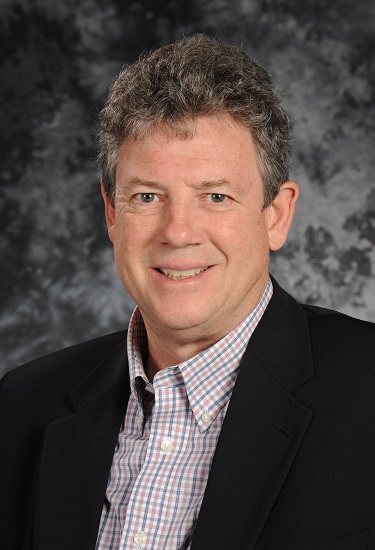 |
|
| A Message from Michael Hagood, CAES Acting Director |
Nearly 12 years after it was outlined as a concept in 2005, the Center for Advanced Energy Studies (CAES) has proved itself a model of collaboration between a national laboratory and regional independent research institutions. In 2016, CAES continued its emphasis on research that enhances industry competitiveness and helps regional stakeholders address emerging energy and environment challenges.
Increasingly, there is a growing awareness that advancing energy solutions includes addressing impacts on water resources. In July 2016, CAES hosted an energy-water nexus workshop with industry representatives that focused on building sustainable energy-water strategies, along with identifying associated research and development needs. Follow-up activities are planned for 2017.
In the field of data sciences, Dr. James Money is refreshing the CAES Applied Visualization Laboratory. Researchers now have at their disposal a suite of open source data science software tools giving them the ability to analyze massive amounts of data. Immersive environments such as the Computer-Assisted Virtual Environment (CAVE) and new augmented and virtual reality systems provide ideal verification and validation environments for data science and analytics.
With the addition of a second Temporal Analysis of Products (TAP) Reactor and “user portal” funding from the Department of Energy’s (DOE) Advanced Manufacturing Office, Dr. Rebecca Fushimi and her team of researchers are set to provide scientists from industry and academia vital insights into shale gas utilization and ammonia synthesis, two of the most energy-intensive processes in the manufacture of platform chemicals.
In May 2016, DOE held a summit with key stakeholders on improving the economics of the current U.S. operating nuclear power plants and the unintended consequences that could arise from early closures. Through the CAES-led Energy Systems Strategic Assessment Institute (ESSAI), CAES personnel compiled the summit report and provided deeper insight into potential actions that could be taken to address the situation. In addition, a second analysis was carried out on economic and market challenges of the U.S. commercial nuclear fleet in Illinois and New York.
Moving forward, CAES remains committed to fostering worldclass capabilities, empowering the region’s best researchers, educating and inspiring new cohorts of energy scientists, and giving industry the tools for competing successfully in an increasingly competitive world.
Read the CAES 2016 Annual Report for more info